Recently, the Army Synthetic Battalion made its public appearance. One detail that caught the attention of the outside world is that the Synthetic Battalion is equipped with the latest domestically-made hand-dissipated UAV-CH-902, which enhances the infantry unit’s battlefield situation awareness and combat capabilities.
The biggest problem of the traditional infantry unit can only rely on the infantry's own observation ability to obtain battlefield information. Due to the physical limitations of the human eye, the battlefield situation awareness is weak, especially in complex terrain conditions, and it is more likely to be ambushed by the opponent, so the infantry unit's battlefield information acquisition ability It is the development direction of the army in the new century. For example, the U.S. Army is equipped with the RQ-11 UAV, which weighs less than 2 kg, is equipped with visible light and infrared cameras, has a speed of 30 km/h, a battery life of 1.5 hours, and a duty radius. For 10 kilometers, it uses a GPS navigation system and is equipped with a data link, which can provide infantry units with battlefield information under all-weather conditions day and night, so that the unit's field of vision can go beyond the horizon and obstacles, and effectively enhance their combat capabilities. UAVs were quickly recognized. The RQ-11 is currently the most widely used hand-draft UAV system. It is not only equipped with the U.S. military, but also exported to other countries, with a total output of nearly 20,000.
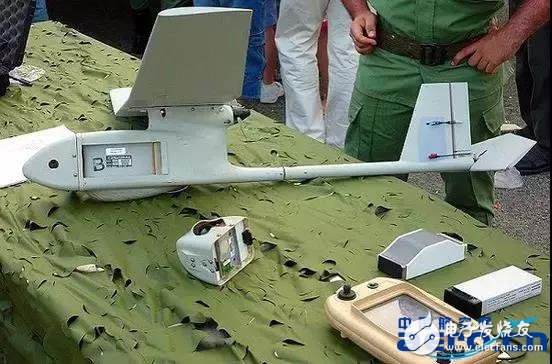
The U.S. RQ-11 is the most widely used hand thrown drone today
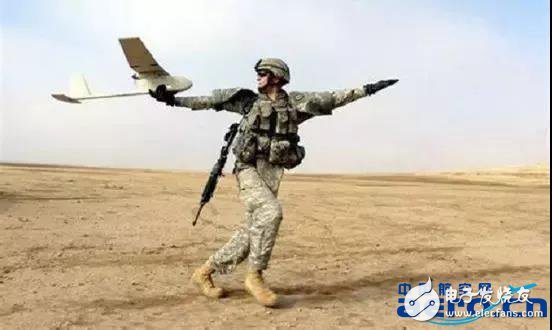
It improves team battlefield situational awareness
The Chinese Army and related units have been developing hand-thrown UAVs in the 1990s to improve the combat capability of the army units. The first generation of domestically-made hand-thrown human-machines-ASN-15 was successfully developed at the beginning of the new century. The weight is about 6 kg, the maximum speed is 80 kilometers per hour, the endurance time is 1.5 hours, and the mission radius is about 10 kilometers. It is equipped with CCD and infrared cameras. The information obtained by the reconnaissance equipment can be transmitted to the ground terminal through the data link, and the drone can execute All-weather battlefield reconnaissance missions day and night. The successful development of the ASN-15 hand-thrown UAV is a technological breakthrough for domestic UAVs, which enhances the army’s battlefield situation awareness and combat capabilities. However, due to the limitations of the domestic economic and technological level at the time, ASN-15 still has many limitations. The obvious problem is that the ground terminal of the system is too large. It has two display screens for navigation and detection system images. Due to the large terminal system, the infantry unit is difficult to carry. Therefore, the ASN-15 multi-purpose armored vehicle takes off and is equipped with a mechanized unit for execution. task.
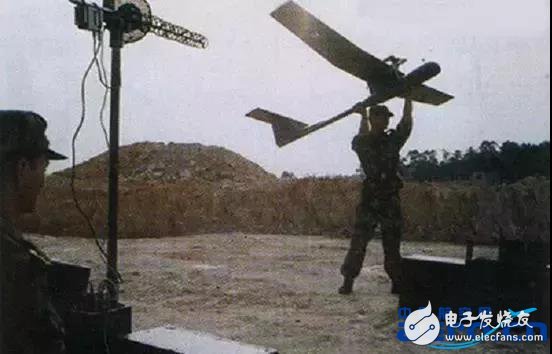
The first-generation hand-thrown UAV-ASN-15 made in China, pay attention to its large ground terminal
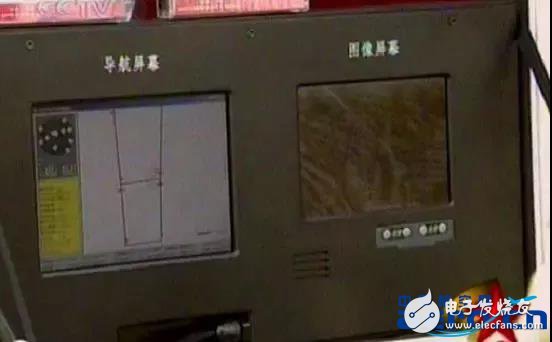
Its terminal is divided into two display screens, increasing the volume and weight
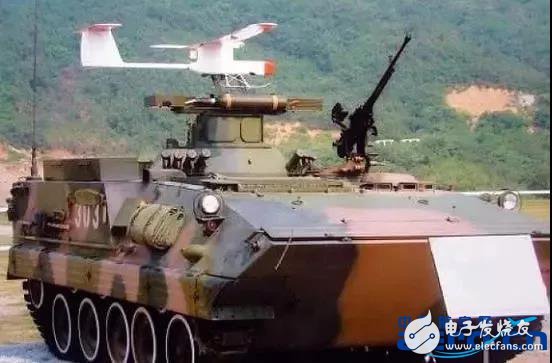
In many cases, it takes off more from armored vehicles
In the new century, with the improvement of the domestic economic and technological level, especially the advancement of electronic information technology, favorable conditions have been created for the further development of domestic hand-thrown drones. Related domestic units have begun to develop a new generation of hand-thrown drones. After hard work, the aerospace sector The developed CH-802 UAV won the bid for the Army’s next-generation hand-thrown UAV project. According to relevant information, the CH-802 UAV is equipped with a new generation of ground terminals. It uses the latest information technology, so the volume and weight have been significantly reduced. It can be carried by 1 soldier and can follow the infantry unit to perform tasks. This allows the Army infantry unit to achieve a historic breakthrough in combat capability. However, the CH-802 UAV also has its own shortcomings, that is, the weight is still too large, and it takes off. The weight is 6 kg like ASN-15, which is three times that of RQ-11. In this way, hand-thrown drones rely on individual approach and hand-thrown to take off. If the weight is too large, it will inevitably reduce the take-off speed and height of the drone. , Thereby affecting the ability of the drone to perform tasks.

Domestic CH-802 hand throwing drone
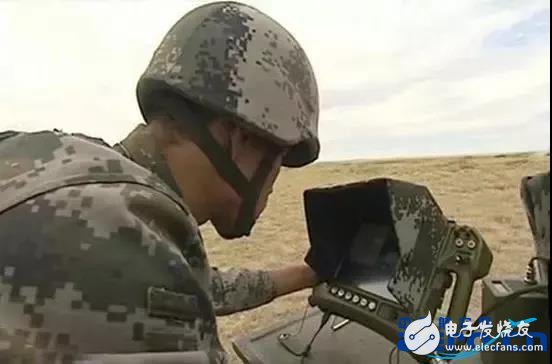
Its ground terminal is much smaller
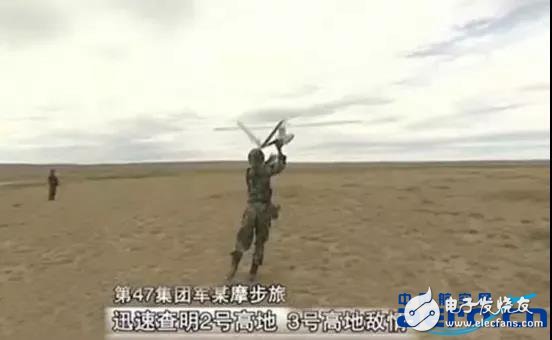
With hand-thrown drones, infantry units can go beyond the horizon to obtain battlefield information
In this case, the aerospace department has made persistent efforts and developed the CH-902 UAV, and equipped it with troops. Compared with the CH-802, the biggest improvement of the CH-902 is the reduction in weight. Its take-off weight is reduced by 6 kg from the latter. At 3.5 kg, although this indicator is still far behind the 2 kg of RQ-11, it has made a big improvement compared with CH-802. It reduces the burden of single-handed throwing and can perform tasks better. In addition, the system adopts new The first generation of ground terminal has stronger information reception and processing capabilities, and the drone can be retracted and unfolded conveniently. From the previous tens of minutes to a few minutes, the system cost and expenses have also been further reduced, laying a solid foundation for the large-scale deployment of drones. Foundation.
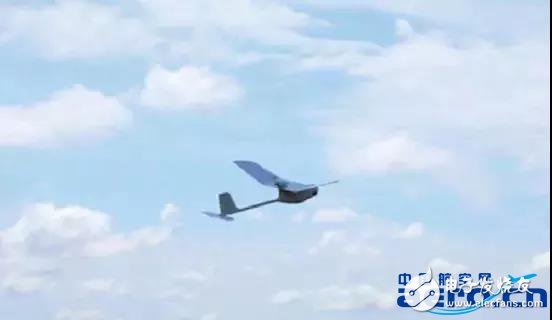
The weight of CH-902 is about half lower than CH-902
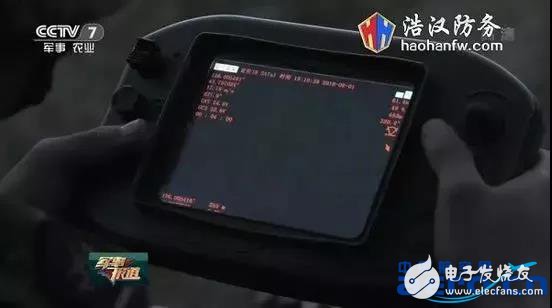
The ground terminal is also more compact
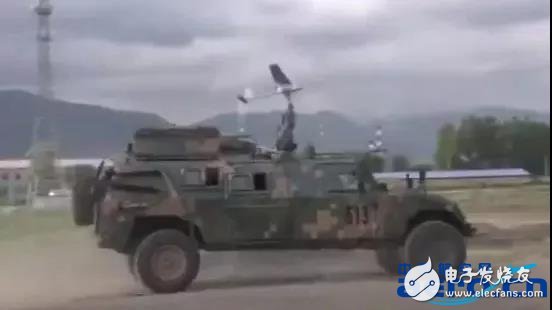
Can also be launched by a vehicle
From an overall point of view, the army squadron will throw drones widely to improve the situational awareness of the battlefield, and enhance the combat capability of the squad, thereby promoting the continuous improvement of the army's combat capabilities.
Longkou Libo Insulating Material Co.,Ltd. , https://www.liboinsulation.com
